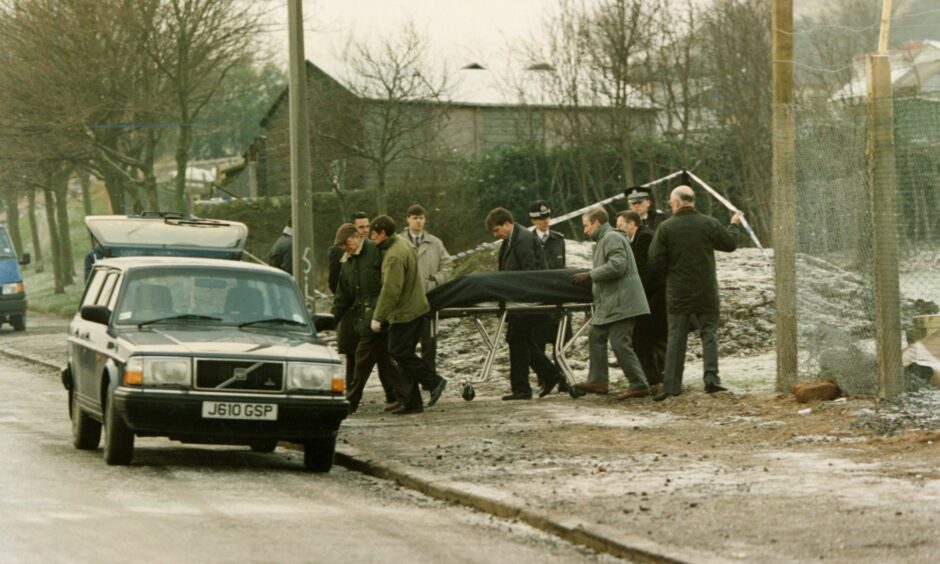
The frost-encrusted hillside of Dundee Law became the scene of one of the grisliest discoveries imaginable on December 30 1992.
A severed arm was found by a policeman’s daughter as she walked a police dog.
A further search of the area uncovered a headless male corpse, stripped of clothing, that had been savagely dismembered and deposited in three plastic Spar bags.
The green bags had been tied at the necks with masking tape and the torn half of a paper label was found inside one of them.
The head, right arm and hand, stomach area and lower legs were not found.
A murder investigation, backed by forensics scientists and pathologists, was headed by Detective Superintendent James Letham.
They built up a profile of the dead man from the body parts including tell-tale scarring and issued a description to the public on December 31 and appealed for help.
More than 90 people responded to the appeal, which led police to James Dunbar from Carnoustie, whose brother Gordon had failed to arrive for Christmas dinner.
The 52-year-old, who was openly gay, was staying at the Anchor Guest House in Victoria Road because he couldn’t find employment as an architect.
A fingerprint match in the first-floor bedroom identified Mr Dunbar as the victim.
The police were told Mr Dunbar left the building on the morning of December 24 and met other guest house residents in the Club Bar on Union Street for a festive drink.
He stayed until 6.30pm before visiting the Caledonian Bar, a few yards up Union Street.
Mr Dunbar was seen alive for the last time when he left 15 minutes later.
Police searching his bedroom found he had an account at the Clydesdale Bank and £150 was withdrawn via a bank machine in Commercial Street on Christmas Eve at 9.22pm.
The murder team checked local and national files for people with previous convictions for extreme violence, which included 43-year-old Alastair William Thompson.
Thompson achieved national notoriety in January 1968 when he murdered his 74-year-old grandmother in a frenzied attack at her home in Edinburgh when he was a teenager.
He stabbed the pensioner 20 times with a carving knife and smashed her skull twice with a coal hammer because she had been nagging him.
The 14-inch blade of the carving knife was still embedded in her throat.
Thompson was sentenced to life imprisonment and spent 16 years in jail, mostly in Perth.
He was released on licence in 1984 and lived in Perth, Dundee and in England before returning to Dundee in March 1992 under the auspices of a prisoner resettlement scheme and staying in a hostel in Haldane Terrace where he worked as the caretaker.
How Thompson was finally caught
On January 8 1993, completely out of the blue, with no evidence forthcoming about the murder, police were given a breakthrough, when an informant in Perth telephoned to disclose that Thompson had gone to Perth for the New Year holiday weekend.
He had been speaking about the Law murder case in detail.
A Dundee detective went to Perth and took possession of an antique gold chain Thompson had given to a female friend on Hogmanay.
The chain was identified as one Mr Dunbar wore on his left wrist.
Thompson was taken for questioning.
A team of officers and forensics scientists stayed behind to search the hostel and in the bedroom they found bloodstains on some of Thompson’s clothing and his holdall.
There was an electricity bill in the name of John Hamilton for 9L Butterburn Court and a set of keys that didn’t fit the door locks at the Haldane Terrace address.
Thompson and Hamilton, also a convicted killer out on licence, knew each other and Hamilton had given Thompson the keys to the flat after going to London.
You have had to listen to sordid, distasteful and horrendous evidence and have stuck to your task manfully.”
Lord Weir addressing the jury at the High Court in Edinburgh
The 23-floor Butterburn Court in Hilltown was Dundee’s tallest multi and the keys found in Thompson’s bedroom slotted straight into the locks of 9L.
Inside were plastic bags and tape of the type used to wrap the body parts and the other half of the torn label that was found in one of the bags on Dundee Law.
There was also a bloodstained hacksaw.
Gordon Dunbar’s blood and body tissue were found in the bathroom.
Police concluded that Thompson met Mr Dunbar during the course of Christmas Eve.
Police could only deduce that an argument broke out and Thompson murdered Mr Dunbar for his bank card, with which he went back down to the town and took out the £150.
Thompson cut up the body of Mr Dunbar in the bath at the unoccupied flat and put the pieces into the bags and carried them in the holdall to the site on the Law.
He went back to Haldane Terrace to change his blood-stained clothes.
Thompson was charged with murder in the early hours of January 9 and, some time afterwards, all the missing body parts, except the head and stomach section, were found discarded in shrubbery off the access road to the Dudhope Park car park.
During his trial, at the High Court in Edinburgh, Thompson protested that he was innocent of the killing, claiming he had merely disposed of the body parts for the two Glasgow “heavies” he said had carried out the murder.
He was convicted by a jury of murdering Mr Dunbar at 9L Butterburn Court following 70 minutes of deliberations.
Lord Weir told the jury: “I would not have wished your task on my worst enemy.
“You have had to listen to sordid, distasteful and horrendous evidence and have stuck to your task manfully.
“Your part in this sordid affair is now at an end.”
After being released from his first life sentence, the bisexual killer married his prison social worker, though the partnership didn’t last.”
Author Alexander McGregor on Alastair Thompson.
Thompson sent a letter to Mr Dunbar’s family in 1994 from prison and said he was deeply sorry and offered to tell the full story of the events of Christmas 1992.
“There were and are questions that needed answers and I would seek to answer them” he wrote.
“If you give me your word that the story will go no further I shall without fear or favour relate to you the events of Christmas 1992.
“I have nothing to gain and nothing to lose Mr Dunbar.
“I offer you only what you are entitled to know and only I can or will tell you.”
Mr Dunbar’s family did not respond and took legal action to stop any more correspondence from Thompson.
Alexander McGregor, former chief reporter of The Courier, and author of The Law Killers, where Thompson’s murderous activities are described in detail, told me: “Alastair Thompson was an extremely complex character, capable of crimes that were nauseating and abhorrent. Yet he could be personable and persuasive.
“After being released from his first life sentence, the bisexual killer married his prison social worker, though the partnership didn’t last.
“During his second life term, he was appointed a prison ‘listener’ — someone who would advise fellow inmates.
“Four days after being jailed for Gordon Dunbar’s murder, Thompson wrote a 3,000-word letter to The Courier, the main thrust of which was to deny that he had killed his grandmother.
“The letter, which went unpublished and which I still have, was perfectly punctuated and went on to describe in eloquent and moving terms his largely institutionalised life.
“He also added that he expected to die in prison.”
He did.
Having slipped from public attention, during which time he “found God”, years of ill health finally took their toll when he suffered heart failure in his sleep and passed away in cell 446 in Perth Prison’s C Hall in the early hours of December 21 2010.
The double murderer was discovered “cold and stiff” in his bed by prison officers, fully clothed and with his bed covers tucked under his chin.
He had a word processor running.
He had been writing a journal and the last entry was made at 3am on the 21st.
It stated that he was beginning to feel very cold.
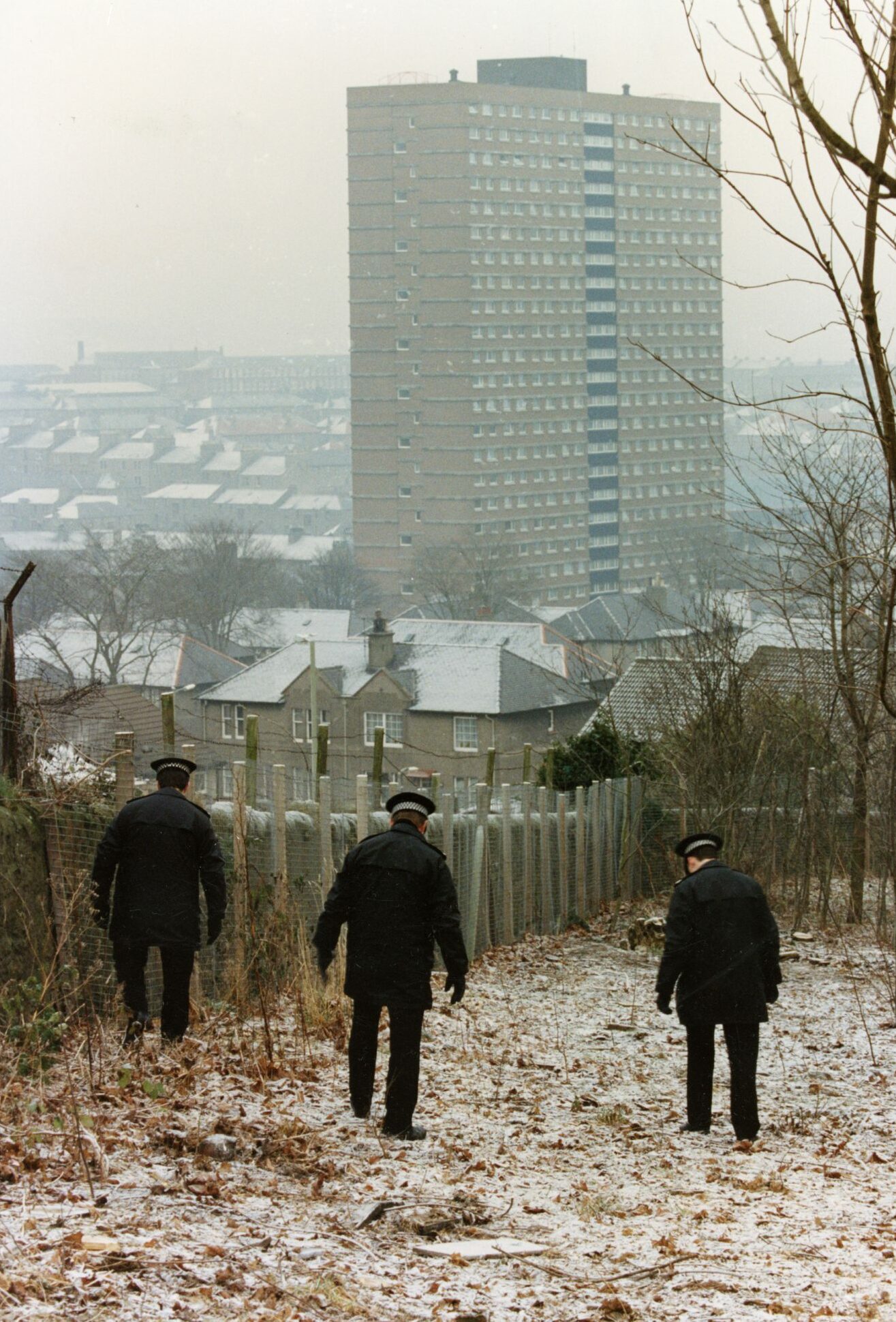
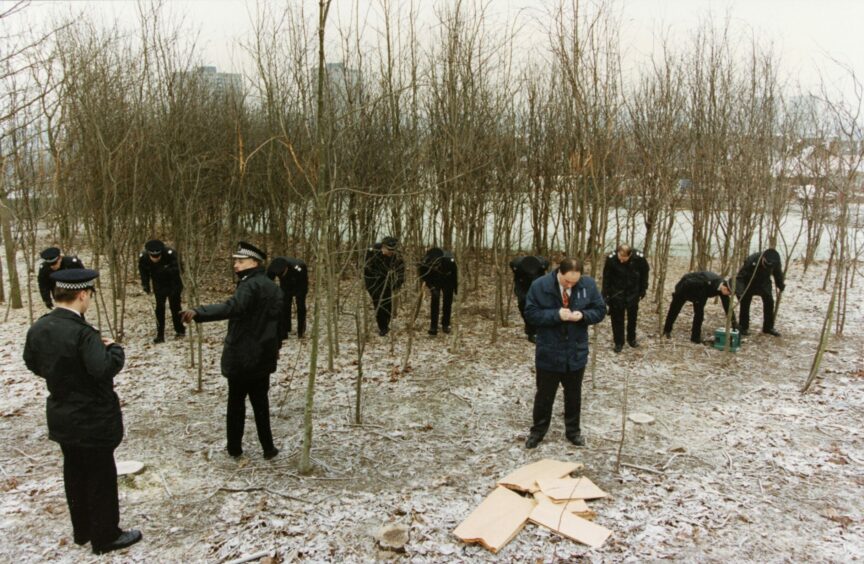
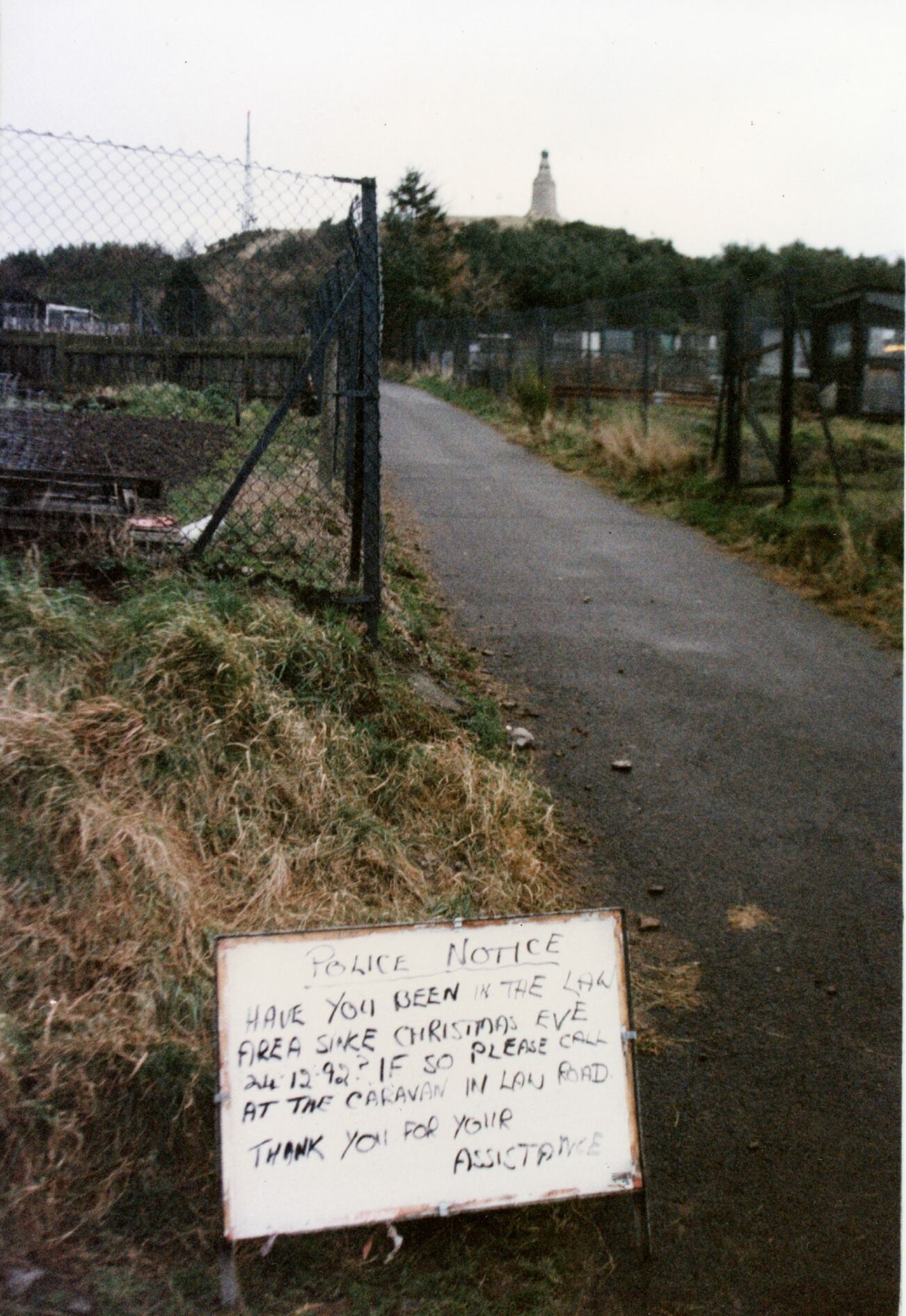
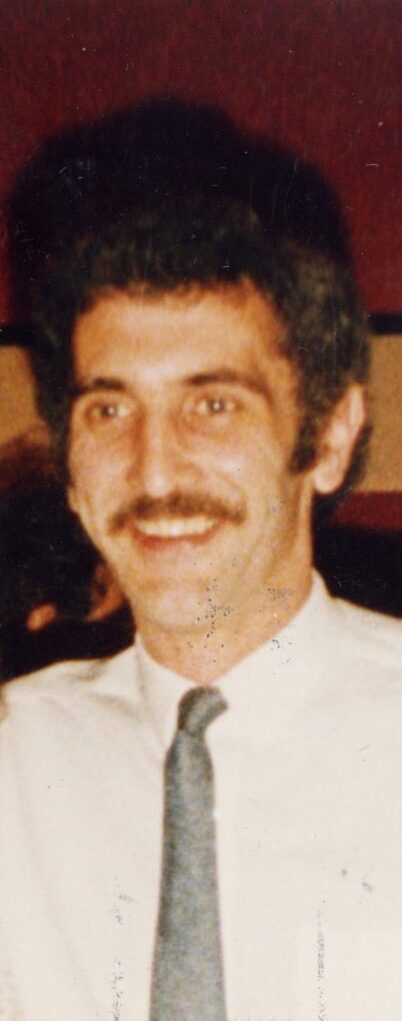
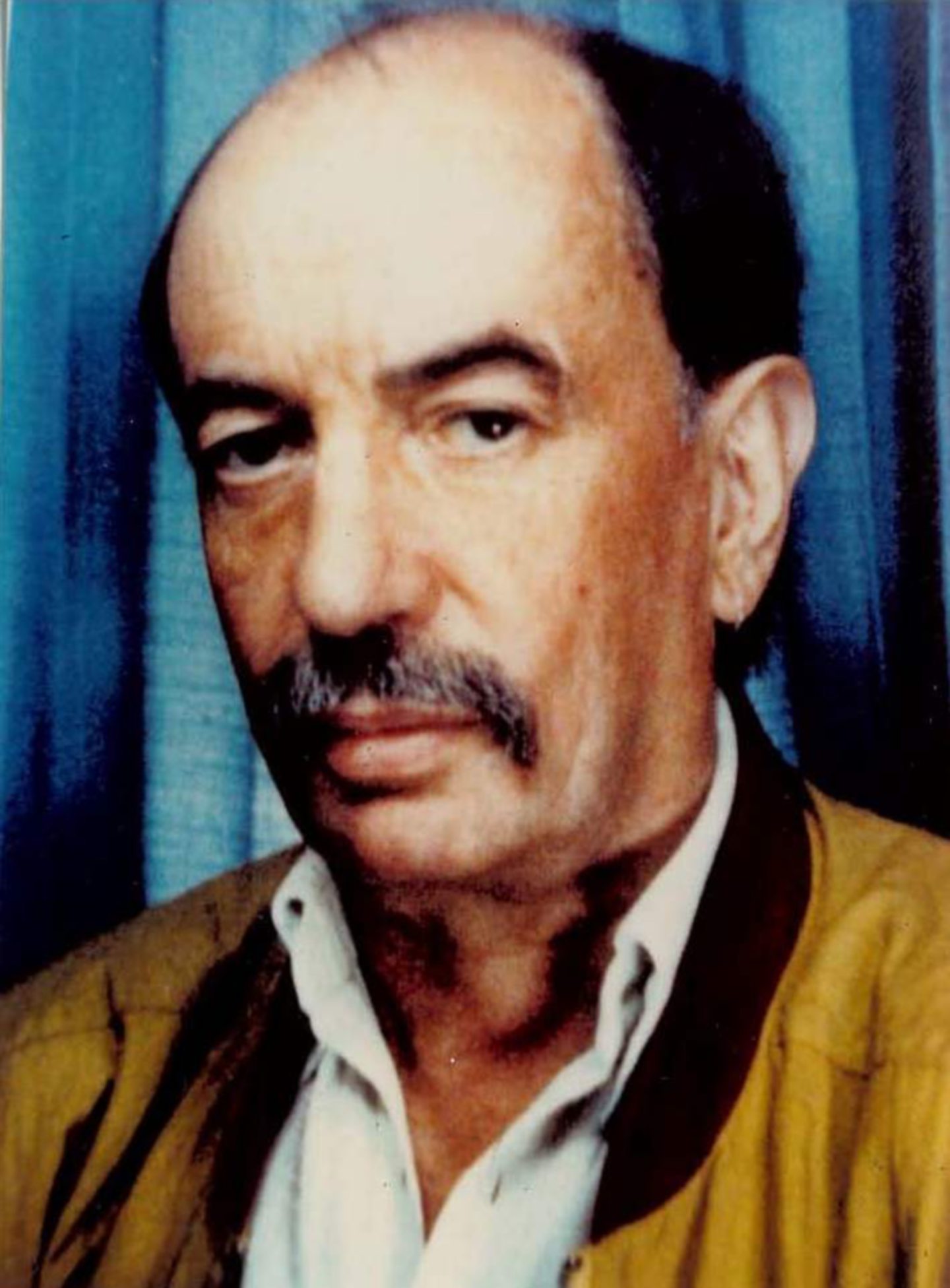

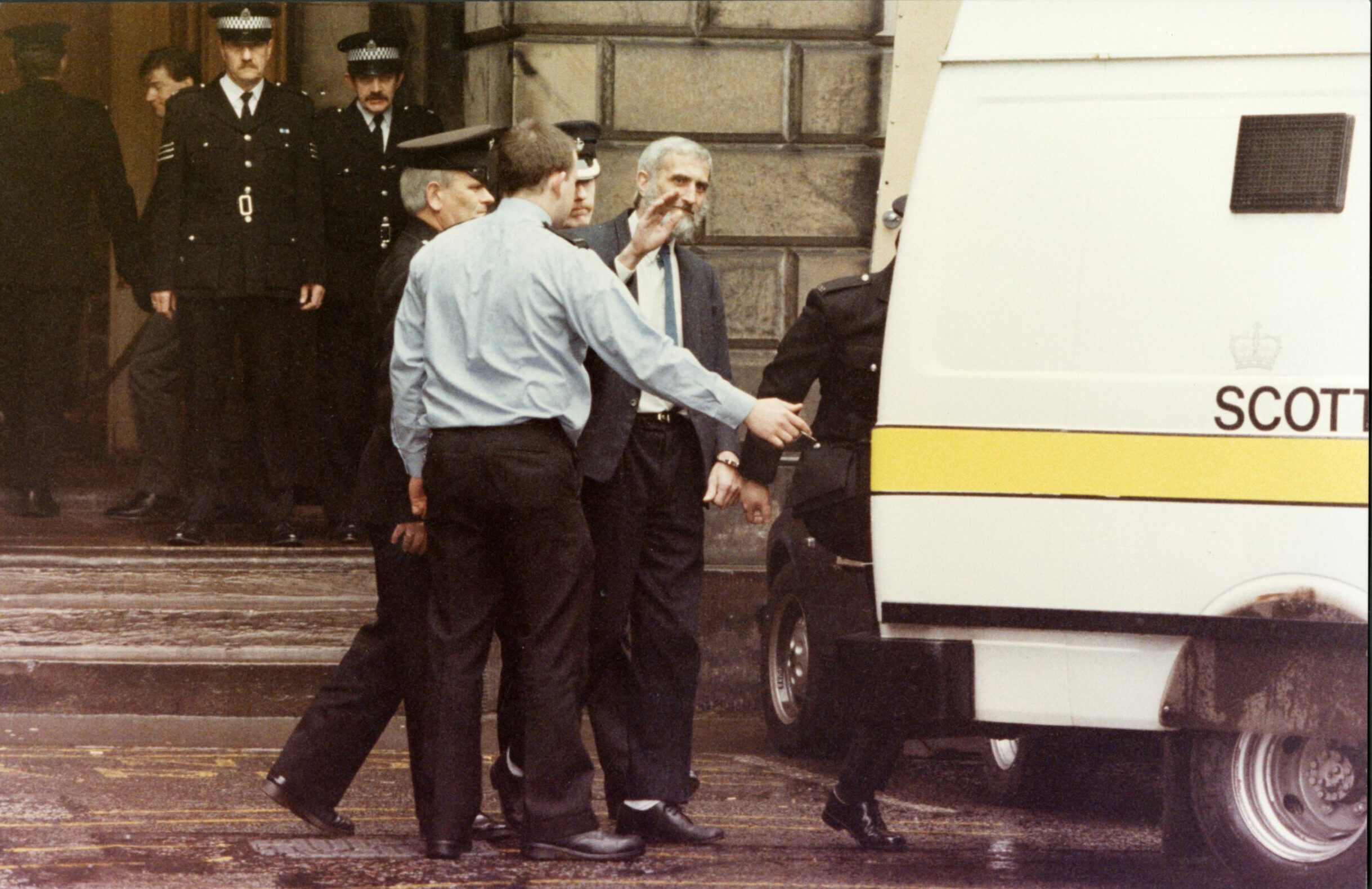
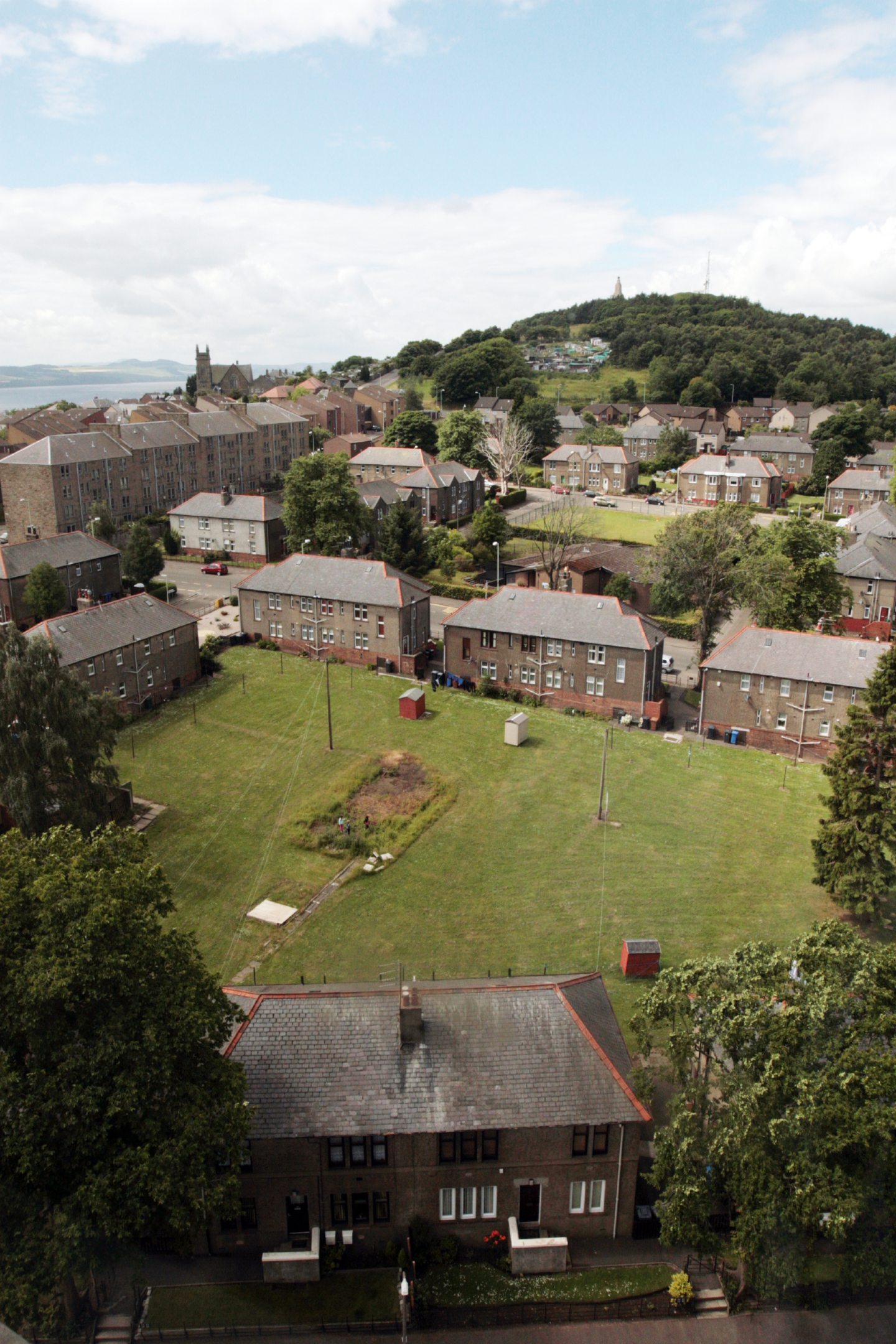










Conversation